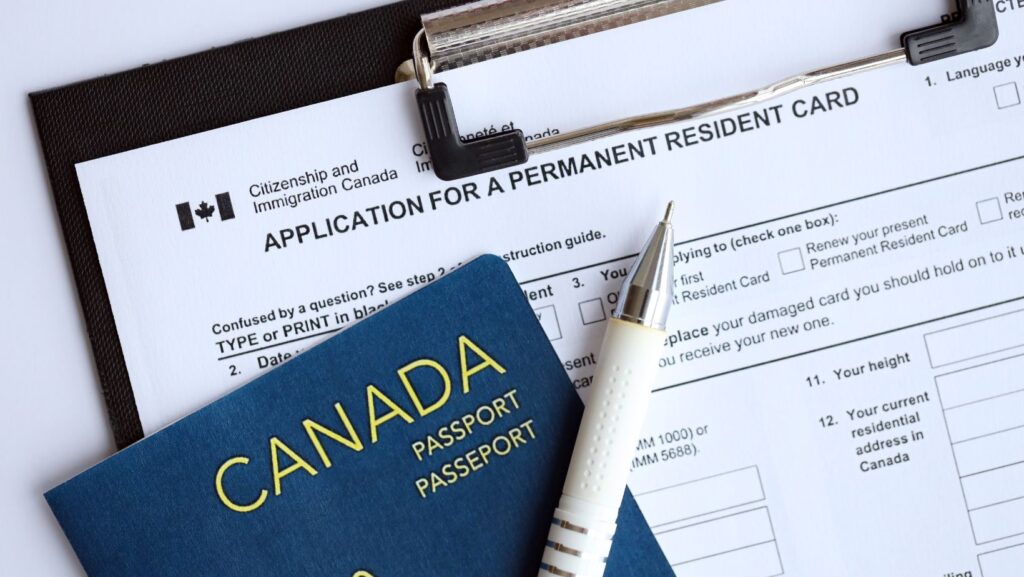
The Key Steps in Applying for Canadian Permanent Residency
The permanent residency that Canada provides to its immigrants offers them legal rights to reside, work, or study anywhere in the country on a long-term basis. Permanent residency is probably one of the most sought-after statuses by many who would like to make Canada their permanent home but do not want to acquire citizenship. It comes along with a wide range of benefits in healthcare and social services, among many other benefits, all of which require certain processes and completion of certain requirements for one to reach such status. Understanding the major steps involved is of prime importance for any successful application.
Determining Eligibility
Application for Canadian permanent residency begins with determining eligibility. Immigrant pathways into Canada include the Express Entry system, Provincial Nominee Programs, family sponsorship, and humanitarian programs. Normally, these classes will differ in such categories as age, education, work experience, language proficiency, and financial stability. Any person has to decide which program he best qualifies for. An immigration lawyer Toronto will, therefore, be able to help you in such a case and assist with your application process, also ensuring you meet all the given requirements for the selected program.
Application by Creating an Express Entry Profile
The second application procedure for skilled workers will be through the creation of an online profile if the application is to be done through the Express Entry system.
Express Entry is one of the most popular options for skilled workers, and it is in a point system format where applicants are ranked according to their merits. It requires asking the candidate to make a profile that comprises in-depth information about one’s age, education, experience, capability in language, and other personal information. Once the profile is submitted, it gets provided with a ranking order in the Comprehensive Ranking System. The top-ranked candidates would receive a better chance to get an Invitation to Apply for permanent residency.
Documents Required
Once the candidate receives an ITA, a more comprehensive application along with the required backup documents is expected to be forwarded. Generally, the documents are requested to validate education and work experience, language proficiency test scores, police certificates, medicals, and proof one is in a position to support oneself and family members with enough funds. This is so important, as wrong or incomplete information will create delays or indeed lead to outright rejection. The applicant shall update all records, translating these, where appropriate, into either English or French.
Application Submission
Once the documentation is ready, the complete application for permanent residency is submitted. Usually, there is a timeline within 60 days of when applicants have typically received the ITA. It is of essence to apply in due time since failure to do so may mean you will miss your chance of securing permanent residency. Once submitted, immigration officials will review the application and perform background checks. The applicant is confirmed to be a permanent resident if all is well.
Landing Process
Once an application gets approval, the last and final step is landing. This is the stage where an applicant physically enters Canada, or, if they are inside Canada, they attend a landing appointment and is formally handed a permanent resident card.
At the time of entry, new permanent residents are also duty-bound to present immigration officers with various documents, which include a passport, visa, and confirmation of permanent resident letter, among others. The community then formally embraces the applicant in question as a permanent resident of Canada and permits them to exercise and practice their inherent rights and privileges.
Maintenance of Permanent Residency
When you become a permanent resident, you must maintain your status by fulfilling the residency requirements in Canada. Permanent residents must have stayed continuously for at least two years out of five to keep their resident status. Otherwise, it may result in permanent residency revocation. Always count how much time you’ve spent outside of Canada to avoid having some kind of problem in keeping your status.
The whole process leading to permanent residency in Canada ranges from eligibility determination to the actual completion of the landing process. Once these steps are properly understood and followed, an applicant will have no problem with their application as they will smoothly sail through the process to pave the way into enjoying long-term residency in Canada.







